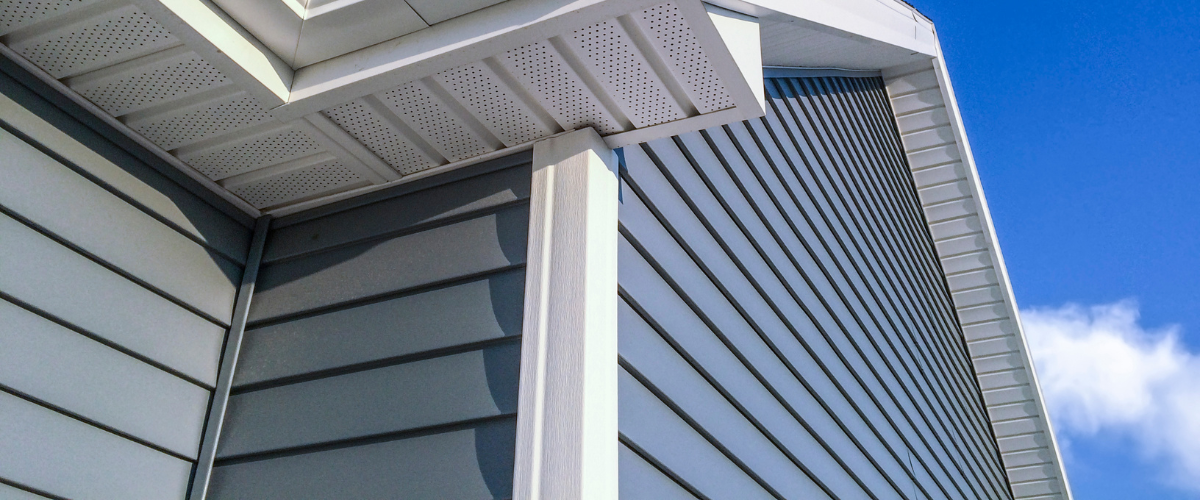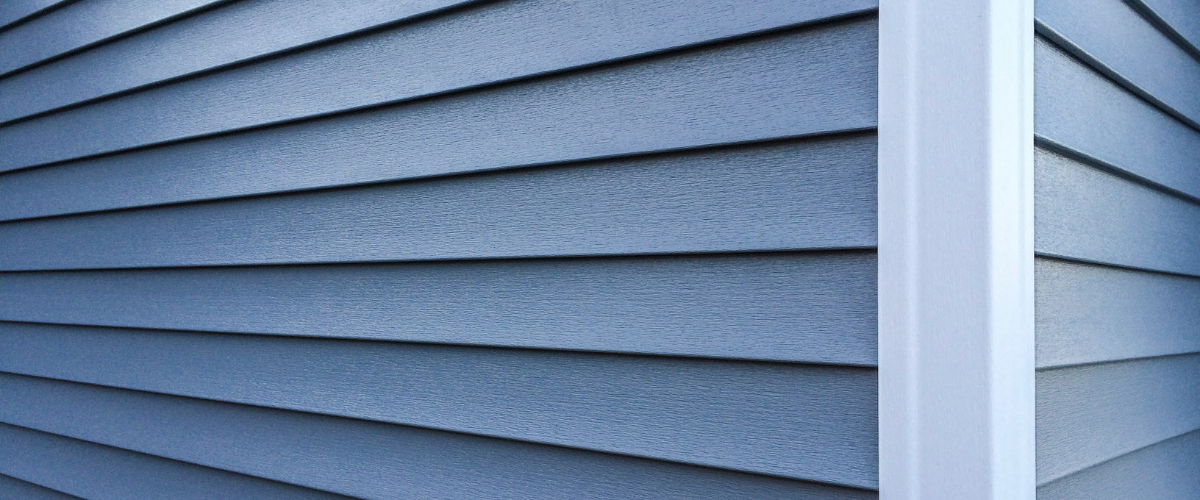
So, it’s time to refresh that vinyl siding… Can you repaint, or are you stuck with a replacement?
There’s SO much to love about vinyl siding for your Connecticut home. The styles are almost endless, from traditional clapboard to shake shingle. Plus, you can choose colors and textures that replicate a whole host of natural materials, meaning that you can have all the convenience of a synthetic option without sacrificing style.
And maintenance? Vinyl is nearly maintenance-free. While your neighbor is scraping and sanding his weather-worn siding, you’ll be zipping over the surface with your pressure washer.
The major drawback used to be, however, that you couldn’t successfully repaint vinyl siding. Because the surface expands and contracts with temperature fluctuations, plus the heat of direct sunlight, paint failure was a major problem. And so was adhesion, meaning that paint didn’t stick well in the first place.
Good news! Paint formulas are evolving and improving all the time, and in recent years products have emerged that work beautifully on vinyl. Let’s dig into this in a bit more detail.
What kind of paint should you use for vinyl siding?
We recommend a latex urethane. Unlike older options, this particular paint will flex and adapt to your vinyl’s natural, seasonal changes (thanks to the presence of acrylic and urethane resins). That means no failure - just durability and strength.
How do you paint vinyl siding?

The approach is really the same as any other exterior painting project:
- Wash the surface to remove dirt, mildew, and other contaminants
- Prime as needed (you won’t be dealing with wood repair, but you may have sun-faded or more worn areas that could benefit from primer)
- Paint multiple, lighter coats so that the finish isn’t too heavy
- Allow plenty of drying time between coats
You can brush and roll, or else use a professional-grade paint sprayer. More masking and prep is involved, but it’s a super efficient process. Plus, you can lay down those thinner coats very effectively.
Can you paint vinyl siding a dark color?
This has always been a risky proposal, particularly because dark paint absorbs the most heat. In turn, this can cause your paint to bubble or buckle. Not good! Many paint manufacturers claim that this risk is a thing of the past thanks to these more advanced formulas, like Sherwin-Williams’ VinylSafe paint color line.
You’re certainly safer than ever before, but we recommend talking to your painting company and evaluating your specific siding and desired color choices. It shouldn’t be an issue, but it’s best to take a well-informed approach.
Have more questions about painting vinyl siding?
Contact us at Southington Painting! We’re here to help, and would love to chat about your house painting needs and goals.










